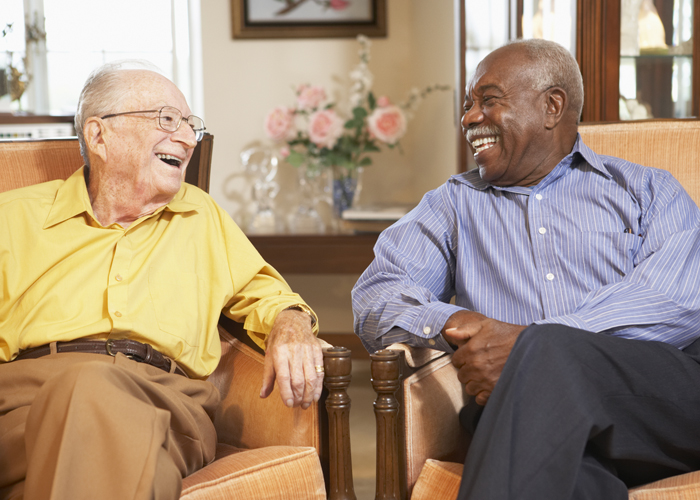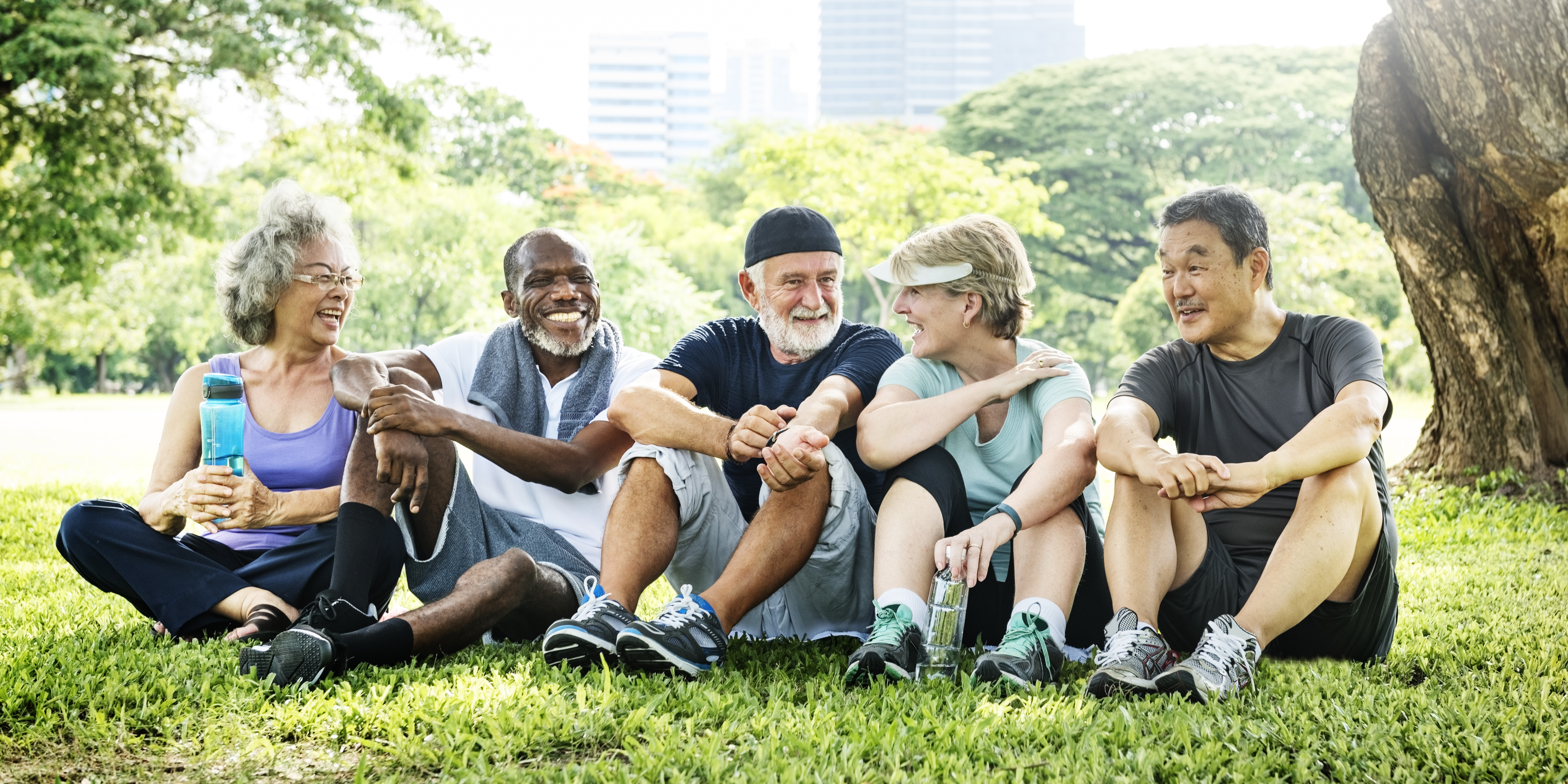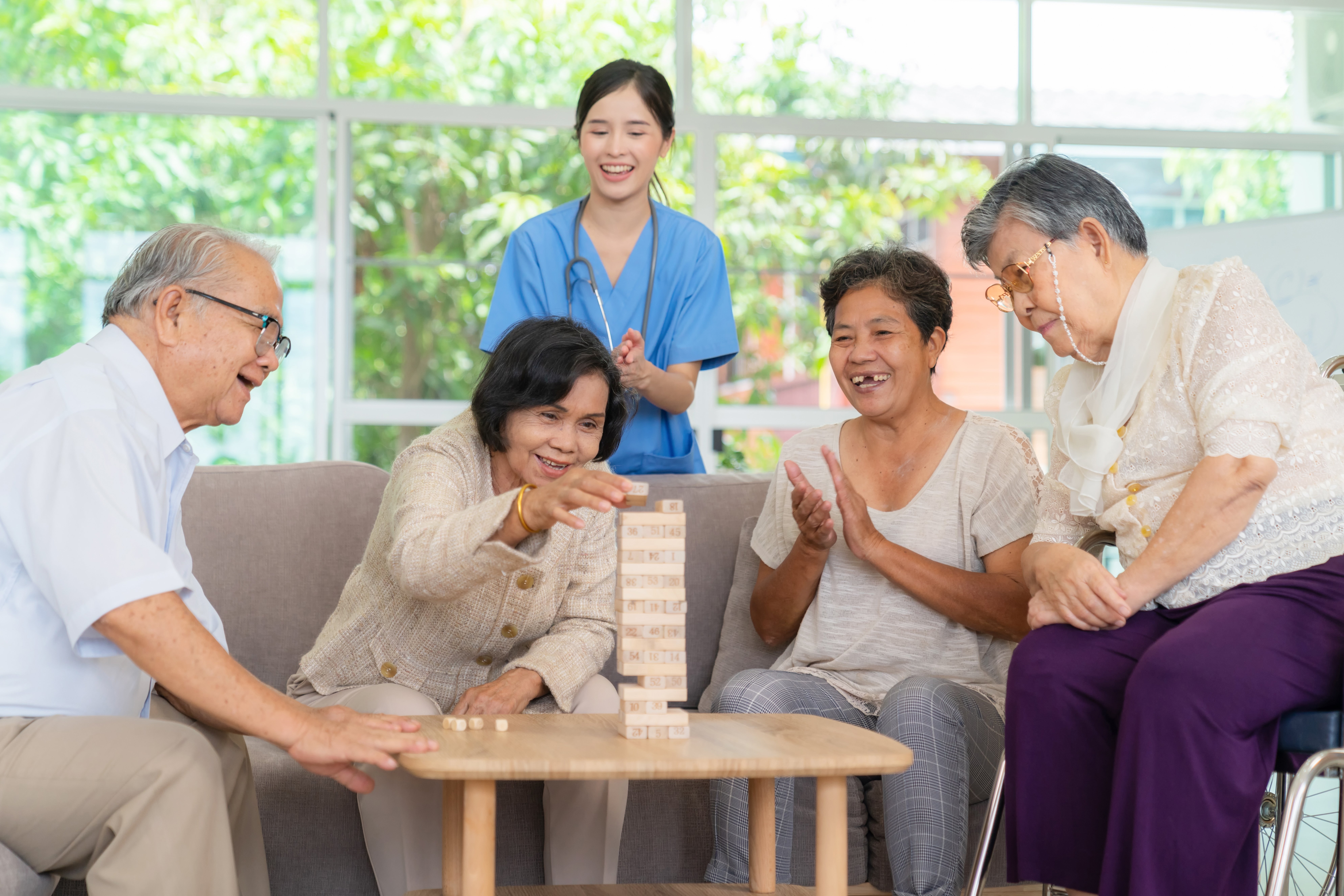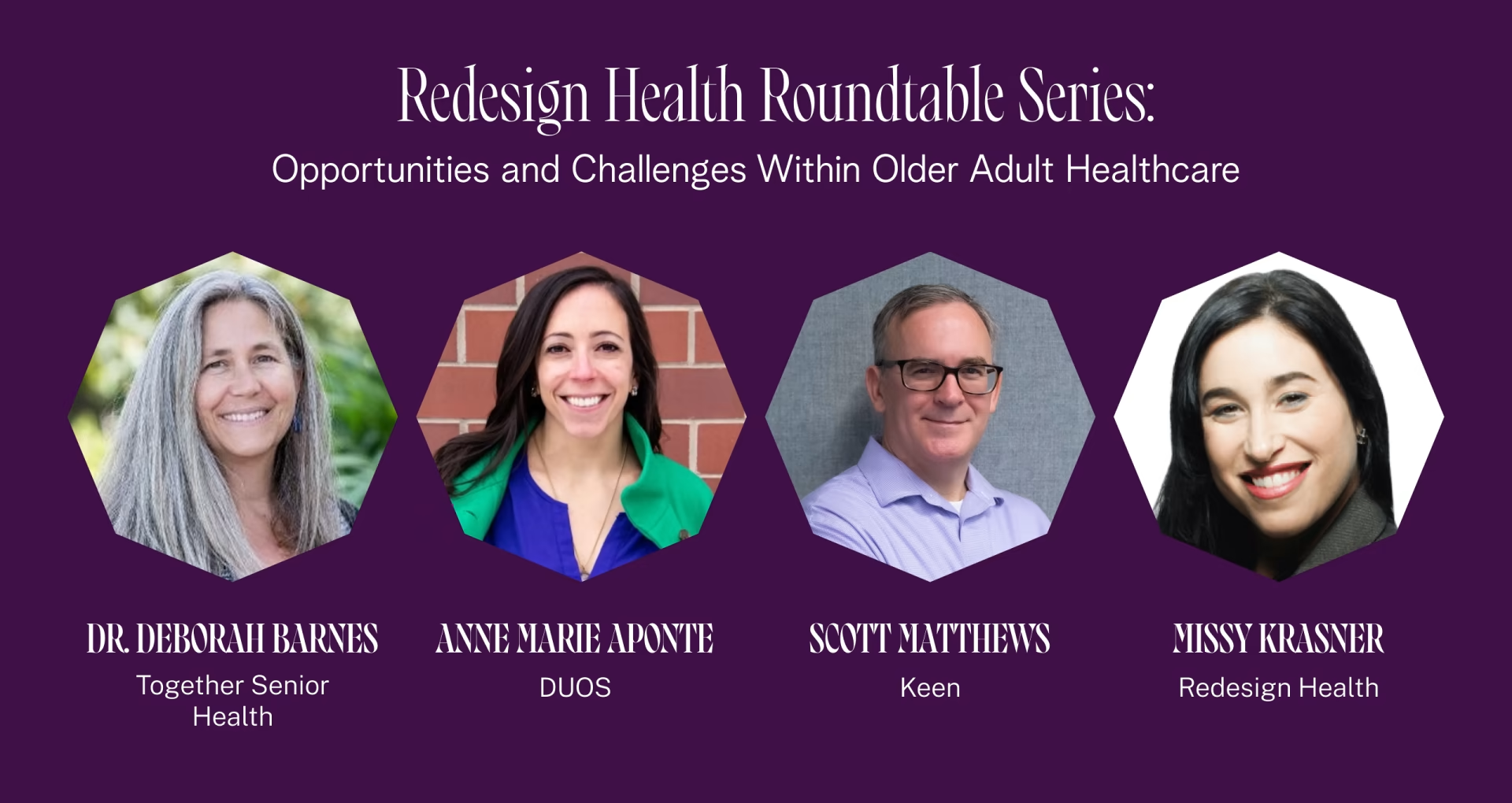
Originally posted on Feldenkrais.com
The Moving Together Program
The Moving Together program is an integrative, online, live-streaming group movement program developed specifically for people living with memory loss and their care partners. This Program offers meaningful, measurable benefits through providing present moment body awareness, functional movement, social engagement, and caregiver education and is designed to support people living with memory loss and their caregivers to improve emotional well-being, improve and maintain physical abilities, and engage well with others.
Dementia
Do you know someone dealing with memory loss? Alzheimer’s disease is a global epidemic. It affects nearly 6 million patients in the US and is the third leading cause of death for older adults. According to the World Health Organization, currently around 55 million people are living with some form of dementia. That number is projected to grow to 78 million in 2030 and 139 million in 2050.
Dementia is a symptom of multiple conditions causing cognitive impairment. People often use the terms memory loss, dementia, and Alzheimer’s Disease interchangeably. Alzheimer’s disease is the most common cause of dementia.
Chances are you do know someone with dementia. One in 9 Americans aged 65 & older have dementia; at age 85, the number rises to 1 in 3.
While these facts are distressing, much can be offered to support and improve quality of life for those living with cognitive impairment, their care partners, and family members.
The Moving Together Program Is Informed By The Feldenkrais Method
“What I am after isn’t flexible bodies, but flexible brains. What I am after is to restore each person to their human dignity.”
Moshe Feldenkrais
The Feldenkrais Method aims to improve brain function through improving motor function, developing sensory awareness, and clarifying the relationship to oneself, others, and the environment. This neuro-educational aspect of the Feldenkrais Method can be an effective tool to use with people living with dementia.
- The Moving Together program is founded on the Feldenkrais® strategy of accessing the central nervous system using functional and developmental movement patterns to stimulate healthy neurological processing. Similar to the Feldenkrais Method, the Moving Together program targets functional activities to extend living as independently as possible for as long as possible, e.g., efficient movement in sitting, transitions from sitting to standing, standing to sitting, movement in standing, balance in standing, and balance in walking with the Moving Together movement sequences being taught sitting in a chair or standing.
- The Moving Together program also utilizes the Feldenkrais strategy of interspersing pauses or rests (periods of non-activity) between movement (periods of activity.) Moshe Feldenkrais had a clear understanding of how the nervous system functions expressively through action; and receptively through sensing and feeling; and all in relation to the environment. The principle of resting between movements can be very beneficial for people living with dementia to reduce stimulation and minimize cognitive load.
- Basic Feldenkrais techniques of developing awareness of one’s breathing and sensations form the foundational basis of the Moving Together program. Often people living with dementia are often able to feel their sensations and their breathing. While they may not remember what they had for breakfast, or even if they have attended the class, they are able to feel their sensations and observe their breathing in the present moment. People living with dementia often experience anxiety and confusion. In the Moving Together program, a present moment body awareness practice is used between movements to calm the nervous system and impart self-soothing skills.
- The Moving Together program also uses the Feldenkrais strategy of methodical sequential teaching, repetition, and slow pacing to reduce cognitive load and build function slowly over time for people living with memory loss. Slow, methodical, sequential teaching and repetition builds and reinforces muscle memory or procedural memory by supporting the deeper, older areas of the brain that can be relatively more intact and functioning well.
The Moving Together Program
While the Moving Together program is founded on the strategies and techniques of the Feldenkrais Method, the Moving Together program integrates additional elements across multiple domains, therefore creating multiple benefits for people living with memory loss and their caregivers by targeting abilities that are maintained rather than lost including procedural memory a.k.a ‘muscle’ memory, present moment body awareness, and social connection.
The Moving Together program was designed with human-centered design principles and integrates person-centered and relationship-centered approaches to care from the Feldenkrais Method, Rosen Method, Physical Therapy, Occupational Therapy, Dance Therapy, Yoga, and Tai Chi. A combination of best practices was synthesized with the goal of creating an integrative program to target multiple domains to support people living with dementia and their caregivers to live as independently as possible and improve their quality of life.
Being person-centered, this program is highly adaptable to most levels of memory loss including self-reported memory concerns, Mild Cognitive Impairment (MCI), and mild to moderate dementia. We have found that dividing participants into groups with similar levels of memory loss can be helpful in building a sense of community.
The Moving Together Class Structure and unique elements including Class Themes create a functional, fun, and social environment for people living with memory loss and their caregivers. The class structure has a clear beginning, middle and end which repeats in every class to provide a consistent framework for familiarity and to minimize cognitive load.
- Within this consistent class framework, the instructors vary the movement sequences to increase challenge and build function over 24 classes. The basic program is held twice a week over 12 weeks, and the classes are an hour in duration.
- During the class, the participants begin seated, gradually moving into standing, and then back to sitting. The instructor leads participants through progressive, functional movement sequences that are designed to support each person’s current ability level.
- Instructors employ a non-judgmental, errorless learning process so that all participants can experience feelings of success.
- Step-by-step instructions and slow pacing are used to minimize cognitive demands on the participants.
- Personally meaningful music and interactive movements are included to promote positive feelings and social connection. The addition of music in brief intervals is effective for teaching movement, accessing rhythm and enhancing positive emotions for people living with memory loss. Amazingly, the area of the brain linked to musical memory stays fairly well preserved, even after the onset and progression of dementia. Music accesses unique pathways in the brain that are separate from the others, and only engaged through music. Songs can be a treasure trove of memory and movement for people living with memory loss, bringing joy, improving mood and feelings of well-being.
- At the end of each class, we return to body awareness and breathing and invite participants to share their appreciation of what they are grateful for to enhance positive emotions, develop social engagement & emotional connection, and build community.
- The Moving Together program takes a uniquely systemic approach to addressing the needs of people living with memory loss by integrating the caregiver into the classroom. By approaching the pair as a system, the program supports the caregiving relationship, motivates the person with memory loss to attend, and enhances both the person with dementia and the caregiver’s physical and emotional well-being. In addition, the caregivers learn optimal caregiving relationship skills through 10 Class Themes.
A few comments from program participants:
“My balance issues are becoming more manageable as a result of the exercises we do, and my overall sense of well-being is greatly enhanced.” – Caregiver
“The classes seem to energize me. I’m more likely to do something physical after the class than I normally would. Usually my mind feels somehow clearer, more focused. I look forward to the experience.” – Caregiver
At the end of his first class, a participant living with memory loss shared, “I appreciate the whole operation. It’s like I’m a car that is stalled and you’re giving me a push. I’ll put in the clutch!”
Another participant living with memory loss who has been with us for several years, shared “The togetherness is what’s important.”



